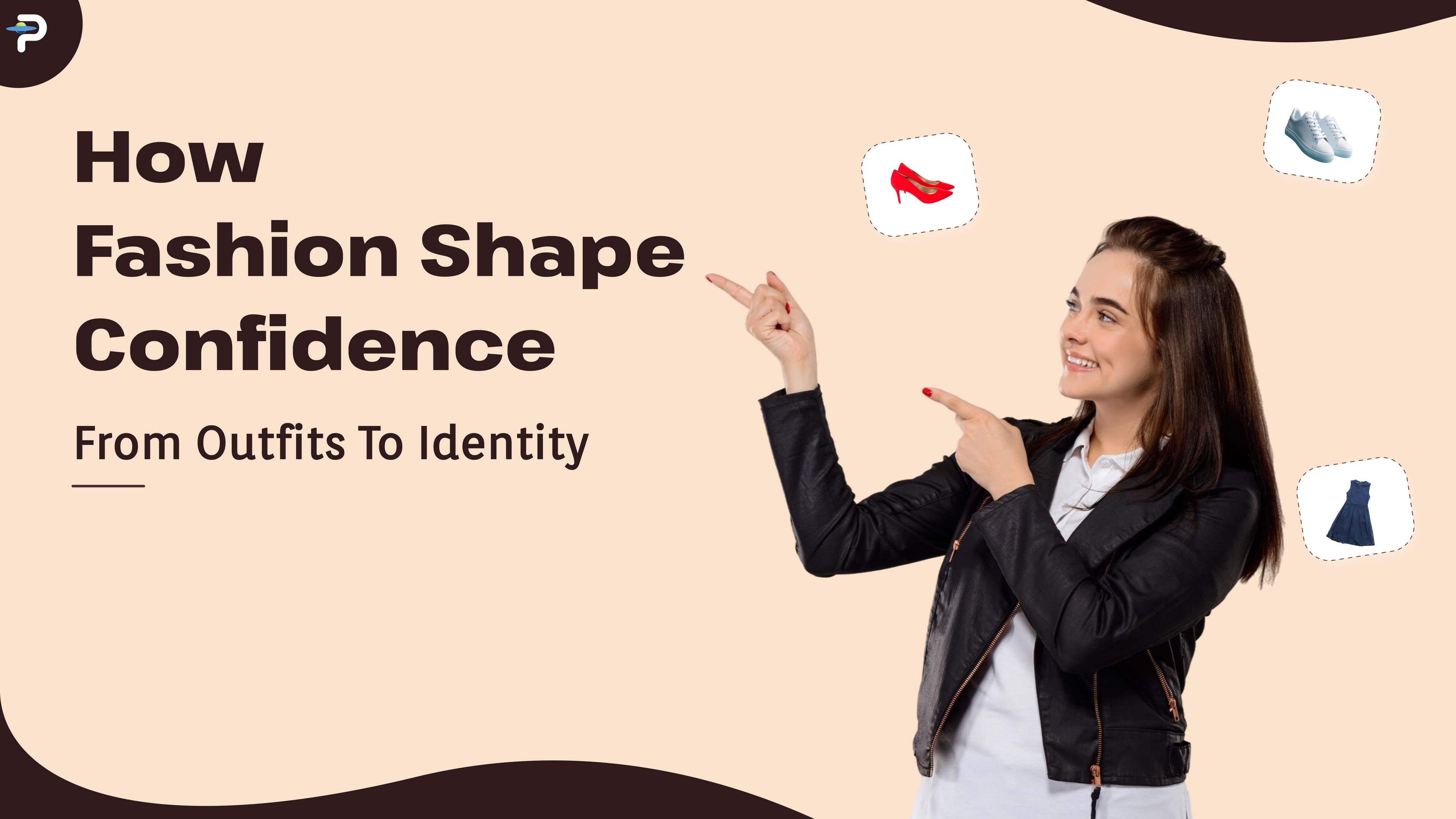That’s the power of fashion. It’s not really about trends, price tags, or what’s “in” this season. At its heart, fashion is language, a way of saying this is who I am before you ever open your mouth.
Think about the last time you walked into a room full of strangers. What were they wearing? Whether we mean to or not, our eyes instantly scan outfits, colours, accessories, piecing together stories.
A neatly pressed shirt whispers professionalism. A leather jacket screams boldness. A soft kurta radiates calm. A bright dress says, “I’m not afraid to be seen.”
We often underestimate how much clothing shapes perception, not just for others, but for ourselves. The “enclothed cognition” theory even suggests that what you wear can influence your behaviour and emotions. In other words, when you wear clothes that make you feel confident, your brain literally starts to believe it.
It’s why we reach for lucky shirts before interviews or our favourite jeans before meeting someone special. Fashion gives us an emotional armour — not to hide, but to express.
It’s easy to think confidence comes from within, and it does, but what’s on the outside can help unlock it.
Have you ever noticed how slipping into a well-fitted outfit changes your posture? Or how a pair of heels or clean sneakers adds an extra spark to your step? That’s not vanity, that’s chemistry.
Studies show that dressing intentionally can increase focus, optimism, and assertiveness. Clothes can act as cues, signalling the mind to switch into a different mode, just like athletes wearing uniforms to step into “game” mindset.
In that sense, your wardrobe isn’t just fabric. It’s a mood board for your personality.
Fashion has always been about more than looking good. It’s about belonging or standing apart.
Think about subcultures through the years: punks with their ripped denim, hippies with their free-flowing prints, goths in black lace, or Gen Z reviving thrift and sustainability. Every outfit is a quiet protest or a proud declaration.
Clothes let us experiment with who we are, or who we’re becoming. They let us be bold without saying a word. They give us permission to change our minds.
And that’s the beauty of it, fashion is fluid. What you wear at 17 won’t be what you wear at 27, because you won’t be the same person either.
Here’s the thing people often get wrong: confidence doesn’t come from wearing designer brands. It comes from wearing what feels authentic.
A ₹500 shirt that fits you perfectly can make you feel ten times better than a ₹50,000 dress that doesn’t feel like you. It’s not about price; it’s about alignment between your outfit and your self-image.
The real style icons the ones who always look effortlessly confident aren’t chasing trends. They’re consistent. They know what works for their body, their mood, their story.
Confidence blooms when your outer expression finally matches your inner truth.
In places like India, fashion carries deep cultural weight. Sarees, turbans, kurtas, and jewellery aren’t just aesthetics, they hold history, memory, and pride. Wearing traditional clothing can make you feel connected to generations before you.
At the same time, mixing tradition with modern fashion, pairing sneakers with ethnic wear, or fusing streetwear with embroidery, reflects how identity is evolving. We’re not choosing between roots and individuality anymore. We’re blending them.
Fashion, in that sense, becomes a living dialogue between past and present.
There’s a flip side, of course. Social media has blurred the line between self-expression and performance. Scrolling through endless “perfect” outfits can make anyone feel like they’re falling short.
But confidence doesn’t mean looking flawless. It means feeling at home in your own skin, and your own clothes.
Next time you pick an outfit, ask yourself: Does this make me feel powerful or pressured? If it’s the latter, it’s not your style, it’s someone else’s expectation.
Fashion should lift you, not lock you in comparison.
Maybe that’s the secret, fashion isn’t just about who you are right now. It’s also about who you’re becoming.
Wearing colours when you’re feeling dull can lift your energy. Dressing professionally even when you work from home can boost motivation. Choosing comfort on a hard day can be an act of kindness to yourself.
Every outfit can be a small, daily affirmation, a reminder that you’re allowed to take up space, to express joy, to stand out, or to blend in when you choose.
Confidence isn’t something you find. It’s something you build, layer by layer, thread by thread, outfit by outfit.
Fashion just gives you a canvas to paint that process on.
So, wear what makes your heart lighter, what mirrors your mood, what feels like you, not who you’re told to be. Because in the end, confidence isn’t stitched into fabric. It’s woven into how you carry it.




